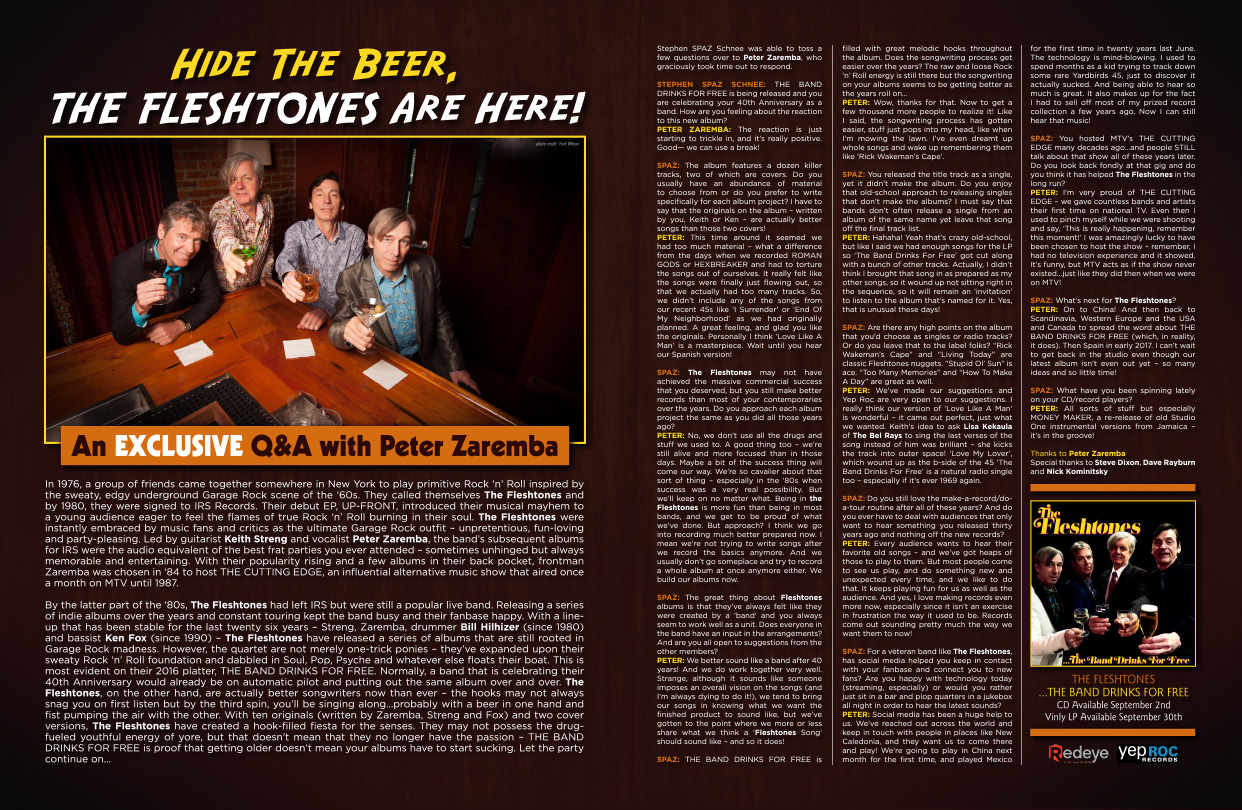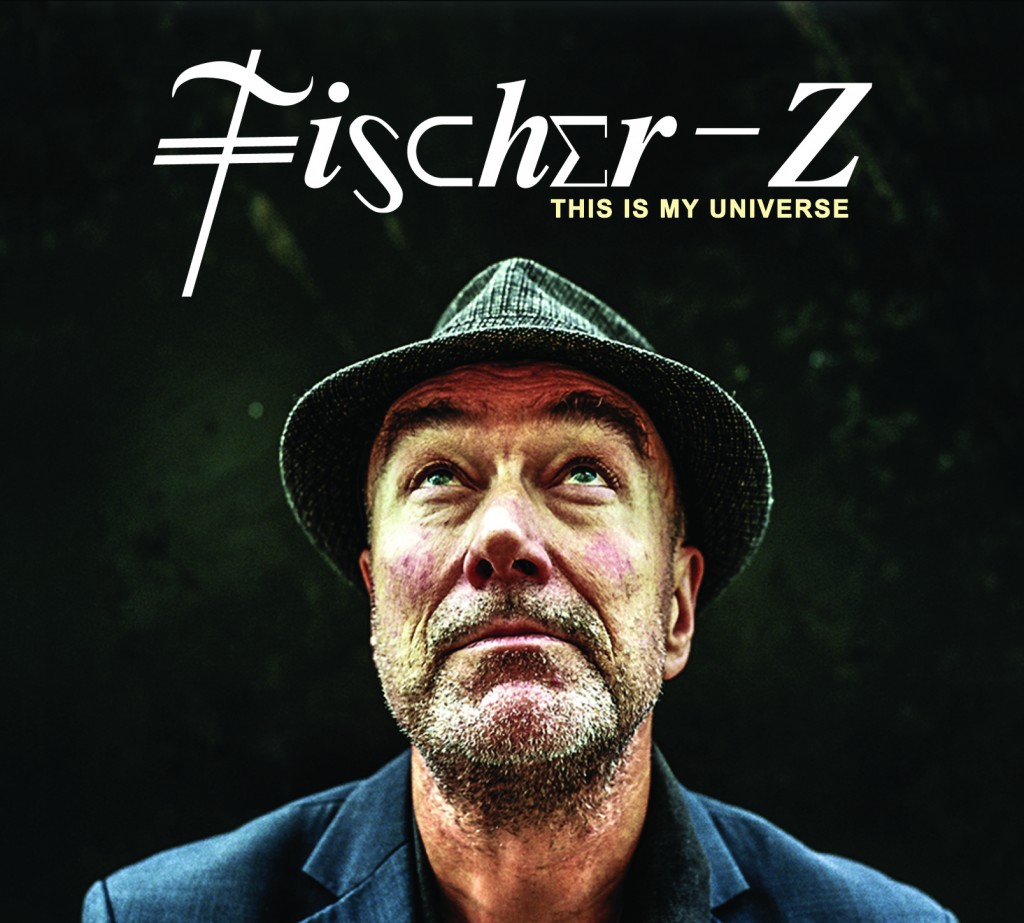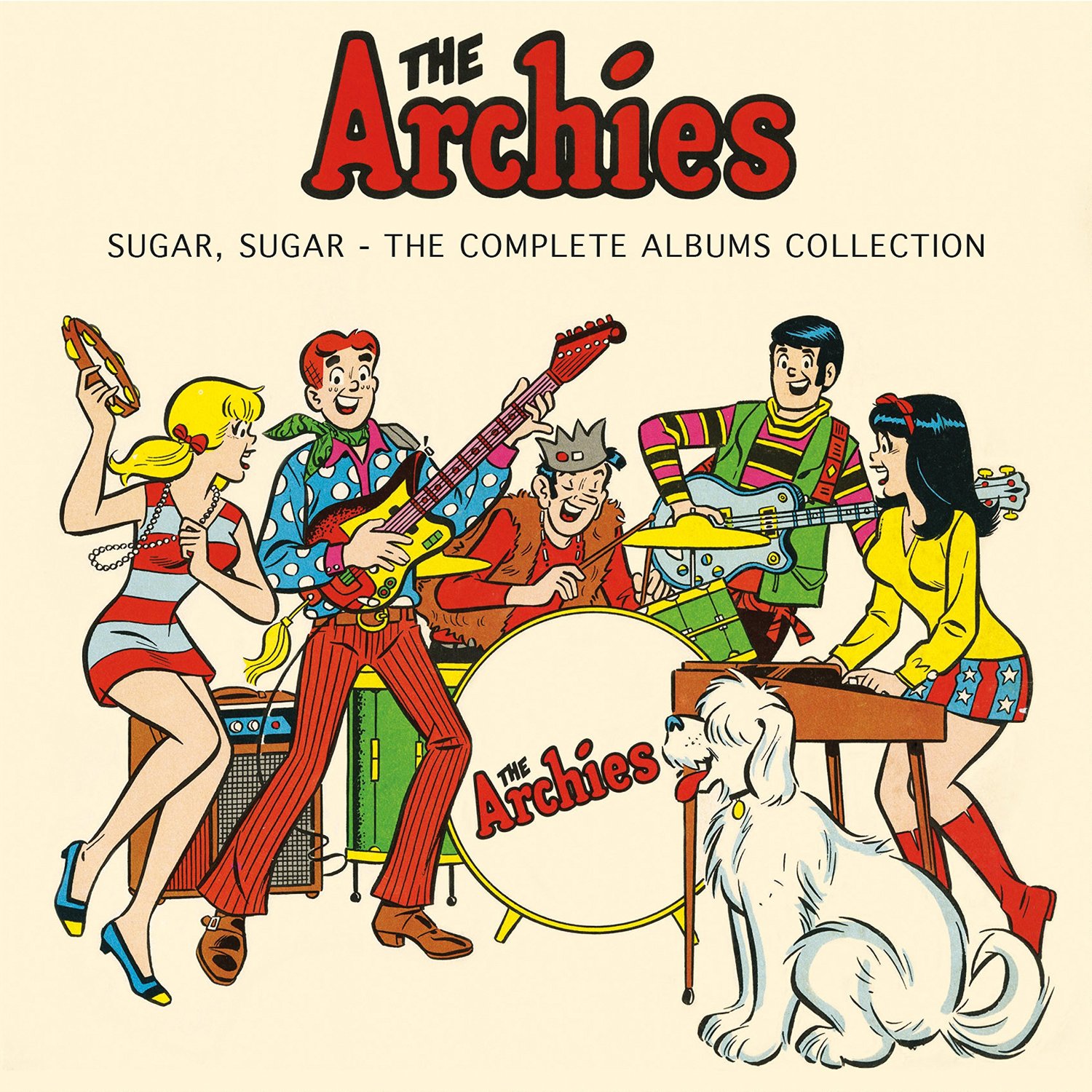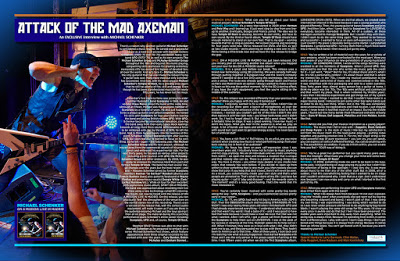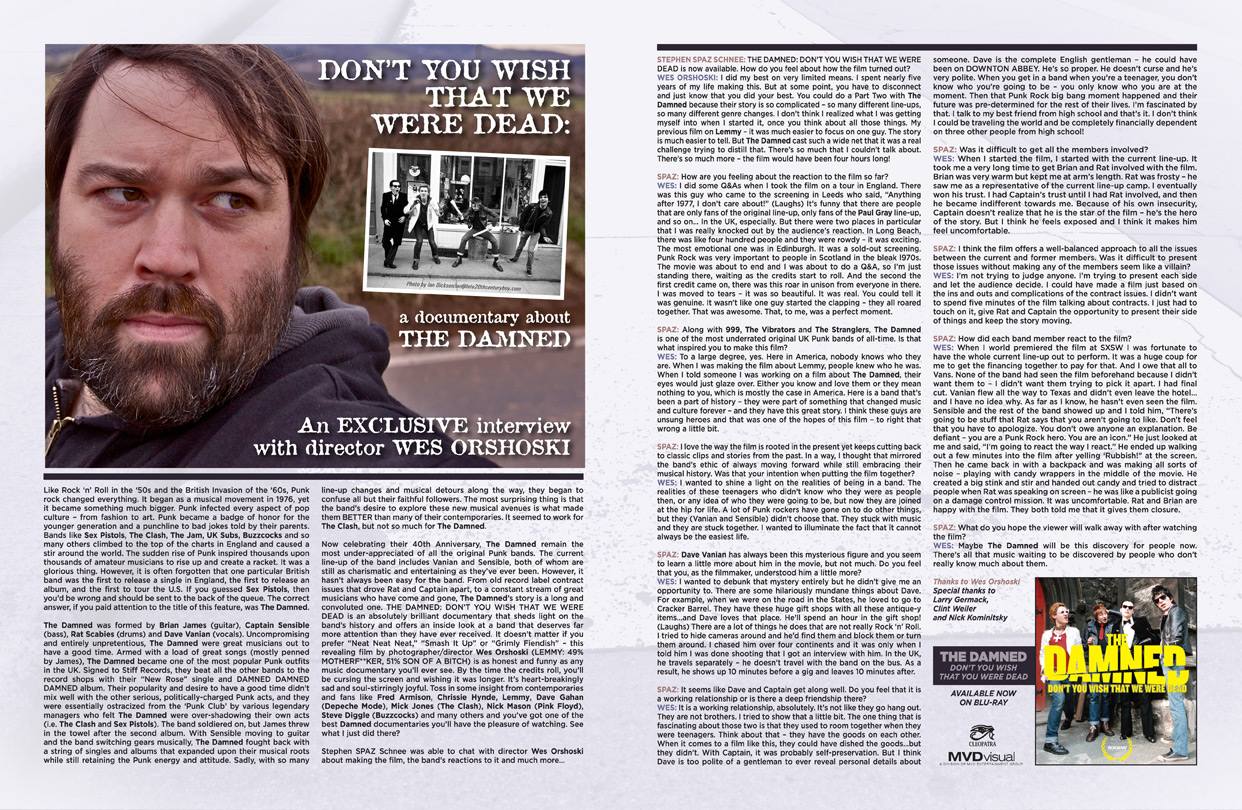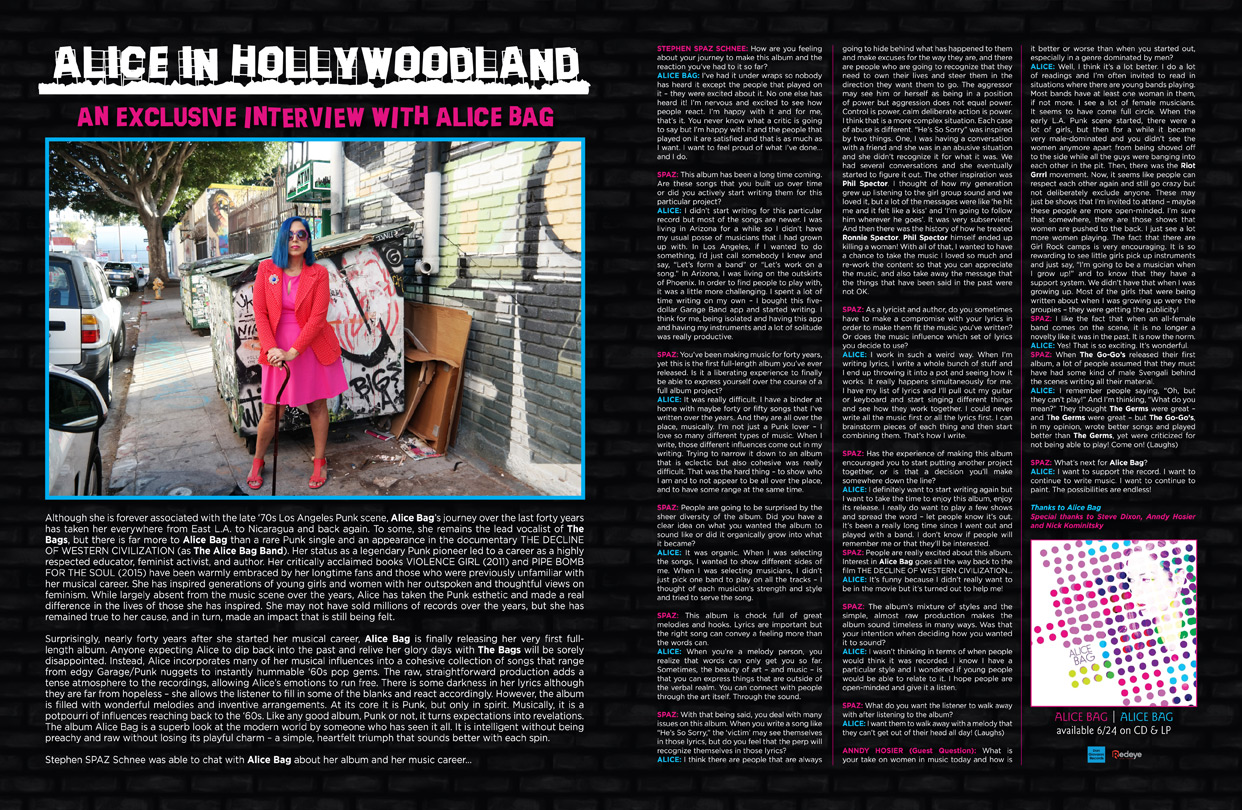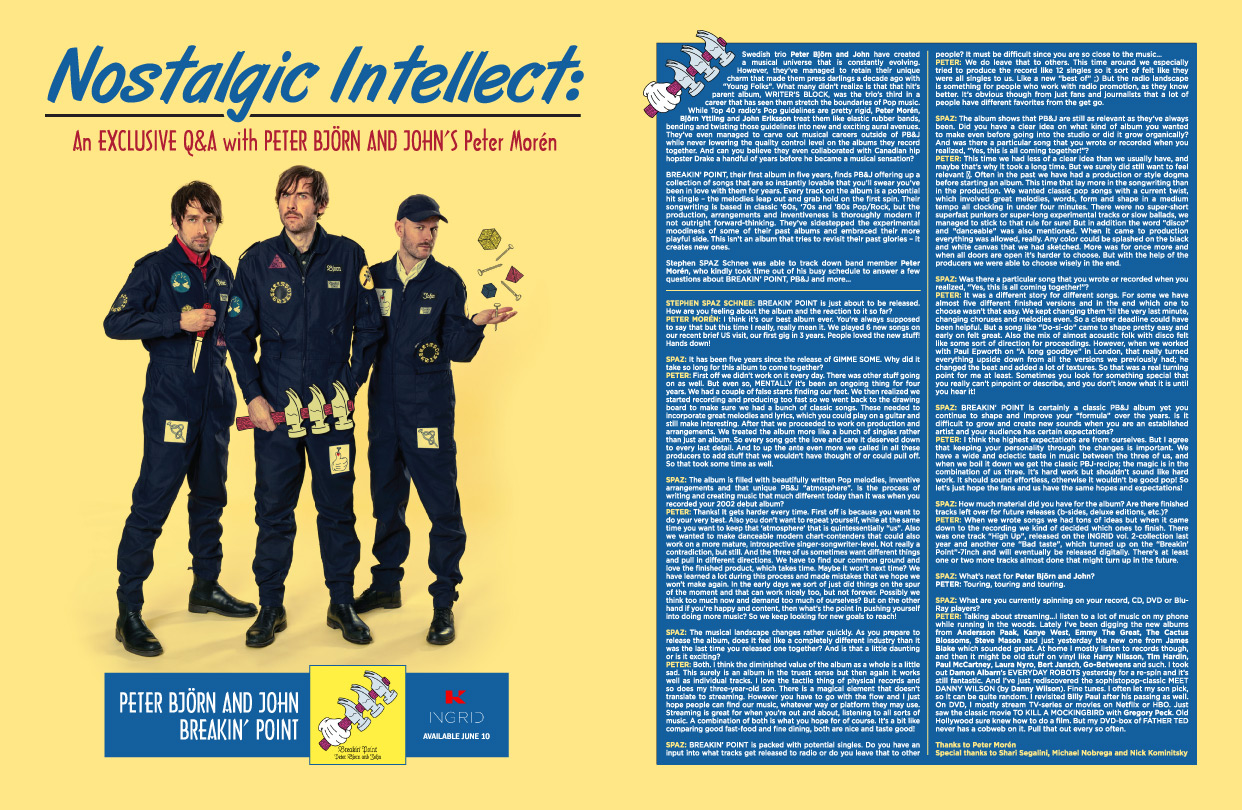Hide The Beer, THE FLESHTONES Are Here:
In 1976, a group of friends came together somewhere in New York to play primitive Rock ‘n’ Roll inspired by the sweaty, edgy underground Garage Rock scene of the ‘60s. They called themselves The Fleshtones and by 1980, they were signed to IRS Records. Their debut EP, UP-FRONT, introduced their musical mayhem to a young audience eager to feel the flames of true Rock ‘n’ Roll burning in their soul. The Fleshtones were instantly embraced by music fans and critics as the ultimate Garage Rock outfit – unpretentious, fun-loving and party-pleasing. Led by guitarist Keith Streng and vocalist Peter Zaremba, the band’s subsequent albums for IRS were the audio equivalent of the best frat parties you ever attended – sometimes unhinged but always memorable and entertaining. With their popularity rising and a few albums in their back pocket, frontman Zaremba was chosen in ‘84 to host THE CUTTING EDGE, an influential alternative music show that aired once a month on MTV until 1987.
By the latter part of the ‘80s, The Fleshtones had left IRS but were still a popular live band. Releasing a series of indie albums over the years and constant touring kept the band busy and their fanbase happy. With a line-up that has been stable for the last twenty six years – Streng, Zaremba, drummer Bill Hilhizer (since 1980) and bassist Ken Fox (since 1990) – The Fleshtones have released a series of albums that are still rooted in Garage Rock madness. However, the quartet are not merely one-trick ponies – they’ve expanded upon their sweaty Rock ‘n’ Roll foundation and dabbled in Soul, Pop, Psyche and whatever else floats their boat. This is most evident on their 2016 platter, THE BAND DRINKS FOR FREE. Normally, a band that is celebrating their 40th Anniversary would already be on automatic pilot and putting out the same album over and over. The Fleshtones, on the other hand, are actually better songwriters now than ever – the hooks may not always snag you on first listen but by the third spin, you’ll be singing along…probably with a beer in one hand and fist pumping the air with the other. With ten originals (written by Zaremba, Streng and Fox) and two cover versions, The Fleshtones have created a hook-filled fiesta for the senses. They may not possess the drug-fueled youthful energy of yore, but that doesn’t mean that they no longer have the passion – THE BAND DRINKS FOR FREE is proof that getting older doesn’t mean your albums have to start sucking. Let the party continue on…
Stephen SPAZ Schnee was able to toss a few questions over to Peter Zaremba, who graciously took time out to respond.
